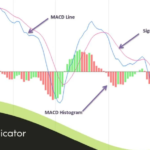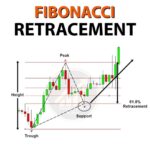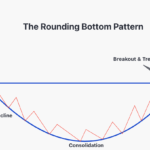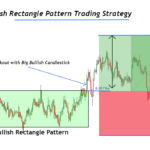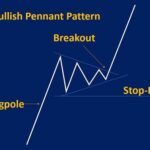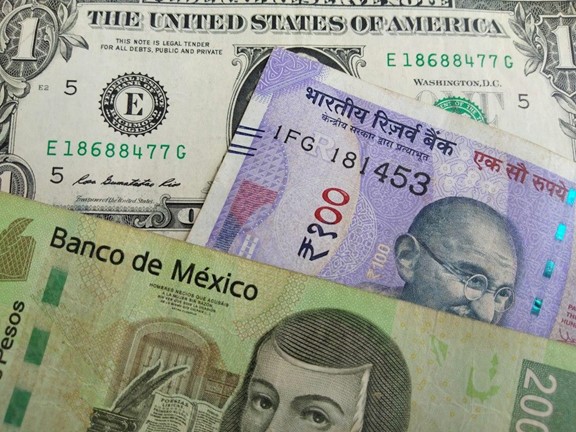
Currency-hedged Exchange-Traded Funds (ETFs) offer a strategic solution for investors looking to minimize the risks associated with fluctuating exchange rates in foreign markets. This guide provides an in-depth look at how these ETFs work, as well as their advantages, the challenges they present, and the various methods investors use for currency risk hedging.
What Are Currency Hedged ETFs and How Do They Work?
Currency-hedged Exchange-Traded Funds (ETFs), which often include a diverse range of foreign stocks or bonds, are designed to mitigate the risks of fluctuating exchange rates in ETFs that have foreign investments in their portfolio holdings. Investment companies often offer two versions of the same ETF: one with and one without a currency hedge. The hedged version includes derivatives to protect against currency exposure risk, though this often results in higher fees than the unhedged counterpart.
The impetus for hedging in the realm of currency-hedged ETFs stems from the unpredictable swings in currency markets. Fluctuations in foreign currency exchange rates can exert a notable influence on the overall yield of an investment, especially when it comes to international assets. For example, if an American investor purchases a foreign stock in the Japanese yen and the yen weakens against the U.S. dollar, any gains made from that investment will be reduced once it is converted back to dollars. In this context, currency-hedged ETFs become essential, acting as a buffer against the turbulence often seen in foreign exchange rates.
Benefits of Currency Hedging
Currency-hedged ETFs bring a spectrum of benefits, characterized by their nuanced approach to international investing:
- Reducing currency-related uncertainties: By tempering the impact of erratic currency movements, these ETFs ensure that the real value of international investments is more accurately reflected.
- Isolating business fundamentals: Investors gain a clearer view of the true health and performance of companies within these ETFs, unclouded by the noise of fluctuating exchange rates.
- Securing higher dividend returns: Particularly beneficial for investors seeking income, these ETFs safeguard against the erosion of dividend yields that can occur due to adverse currency movements.
- Democratizing currency risk management: Previously, hedging against currency risk was often an intricate and capital-intensive endeavor. Now, currency-hedged ETFs have democratized this process, making it more accessible and financially feasible, especially for individual retail investors seeking to mitigate global investment risks.
Challenges of Currency Hedges
Although many benefits stem from currency-hedged ETFs, there are also a few challenges that investors should be aware of, such as:
- Risk of missing favorable currency movements: While currencies can fluctuate adversely, they can also swing favorably, enhancing investment returns. In such cases, currency-hedged ETFs, by design, may prevent investors from capitalizing on any potential currency gains.
- Elevated expense ratios: Compared to traditional ETFs, currency-hedged variants generally incur higher operational costs due to the additional complexity involved in managing hedging strategies, which translates into higher expense ratios for investors.
- Ambiguity in long-term efficacy: Longitudinal studies indicate a neutralizing effect of hedging over extended periods. This stems from the cyclical and often self-correcting nature of currency markets, suggesting that for long-term investments like retirement funds, the advantages of a hedging strategy might not be as pronounced.
- Increased management complexity: The oversight of currency-hedged ETFs demands a more nuanced understanding of not just the underlying markets but also of the specific hedging instruments and strategies employed, adding a layer of complexity to their management.
- Exposure to market-specific risks: These ETFs inherently focus on particular international markets and thus might introduce investors to unique risks pertinent to those markets.
How Investors Hedge Against Currency Risk
Investors have at their disposal a variety of investment strategies for currency risk mitigation:
Static hedging: This tactic employs a fixed strategy, independent of market currency fluctuations. In static hedging, ETFs typically utilize futures contracts to fix a currency’s value against a benchmark currency, often the US dollar, thereby balancing out any potential currency-related gains or losses. It’s also possible for these to use non-U.S. currencies as their benchmark.
Dynamic hedging: This approach is more fluid, involving varied strategies that adapt to changing market conditions. The decision to apply dynamic hedging rests on the ETF manager’s discretion, often guided by algorithms or rules that factor in currency trends, interest rates, and overall currency values.
There are additional tools beyond these methods, such as specialized currency ETFs, Contracts for Difference (CFDs), forward contracts, and options, each with unique advantages and considerations. The choice among these methods usually aligns with an investor’s specific objectives and risk appetite.
Make the Best Investment Decisions With Above the Green Line
Whether you’re trying to understand how the Federal Reserve impacts the stock market or the effects of the weakening of the U.S. dollar, learning about the nuances of currency-hedged ETFs is crucial for building a robust investment strategy. For ETF investors ready to take their investing game to the next level, resources like Above the Green Line’s ETF sector rotation strategy offer invaluable guidance and insight. Let us help you stay above the green line and make the best investment decisions for your portfolio.


